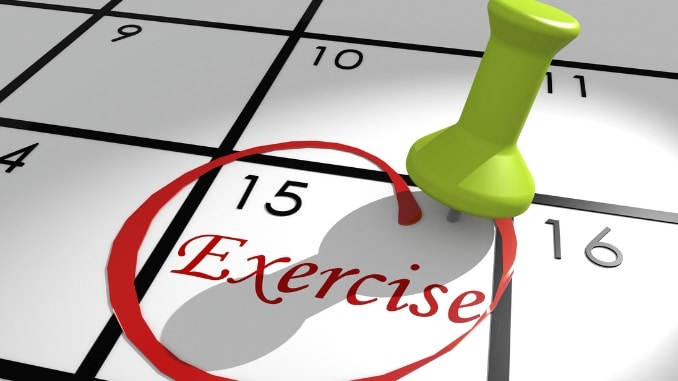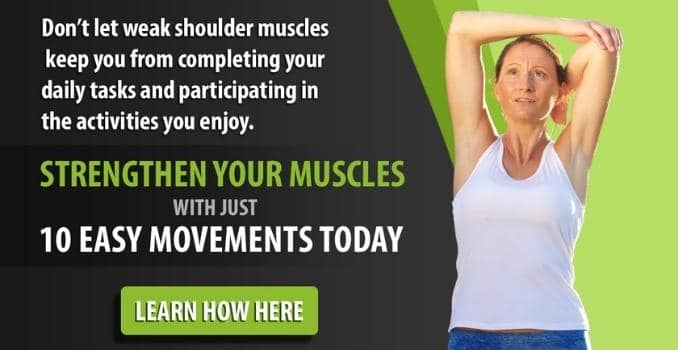Ready to build strength, push muscles, and increase muscle mass in your upper body? Push day workouts target your chest, shoulders, and triceps.
This guide covers the best exercises and tips to help you create an effective push day routine. Whether you’re a beginner or experienced, let’s get you stronger and fitter!
What is a Push Day Workout?
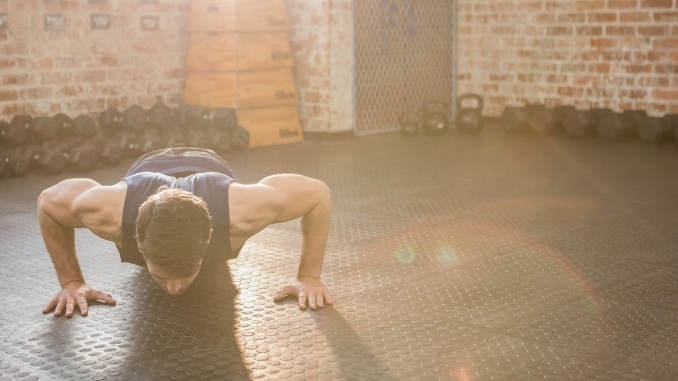
A push day workout is a strength training routine that targets the muscles involved in pushing [1] movements, including the chest, shoulders, and triceps.
It is a crucial part of a well-structured workout routine, allowing you to train harder in less time and reduce muscle soreness.
A push day workout routine can be an effective way to improve muscle growth and strength in the upper body.
How to do Push Day Workout Routine for Beginners
1. Push-Ups
- Move into a full arm plank position with feet shoulder-width apart, while maintaining a good alignment with your head, shoulders, hips, and toes.
- Engage your core, glutes, and hamstrings.
- Lower your chest toward the floor by bending your elbows, maintaining a stable core and body alignment throughout the movement.
- Once your chest nearly touches the floor, push through your hands to extend your arms to return to the starting position.
- Repeat the movement for 5- 10 repetitions.
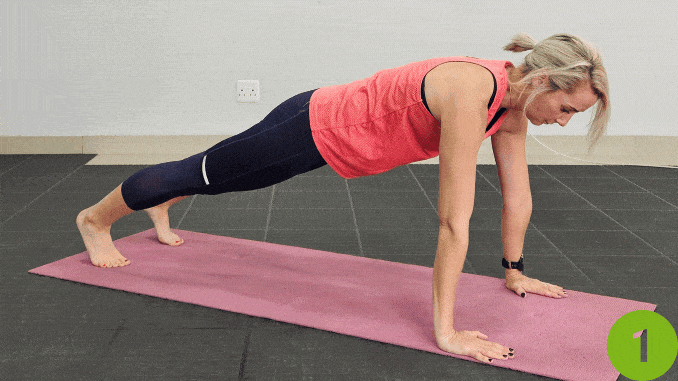
The push-ups [2] increase in difficulty, boosting both muscle strength and cardiovascular fitness.
2. Incline Dumbbell Press
- Lie on your back on an incline bench with your knees bent and feet flat on the floor.
- Your back should be pressed against the bench, while maintaining good alignment with your head, shoulders, and hips.
- Hold a dumbbell in each hand, positioned just above your chest.
- Engage your core.
- Push both dumbbells upward until your arms are fully extended and lower both dumbbells out to the sides, bending your elbows to about shoulder height.
- Keep your movements controlled and steady.
- Perform 2 sets of 10 repetitions, focusing on form and muscle engagement throughout the movement.
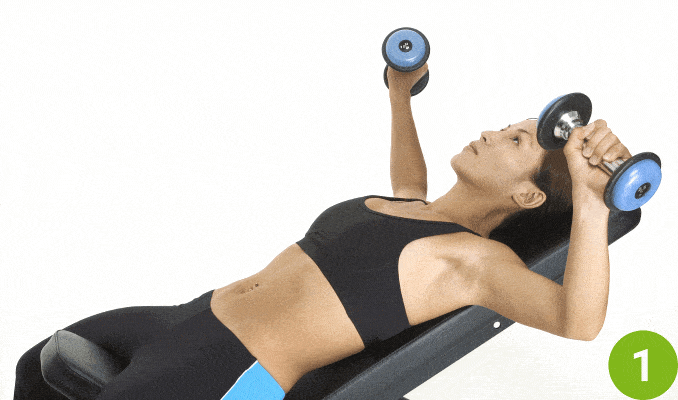
Focus on maintaining proper form throughout the exercise.
3. Dumbbell Shoulder Press
- Begin in an upright standing position with your feet shoulder-width apart, while maintaining good alignment with your head, shoulders, hips, and legs.
- Hold a dumbbell in each hand and bend your elbows out to the side at shoulder height.
- Keep your elbows bent at a 90-degree angle, and your palms facing forward.
- Engage your core.
- Press both dumbbells straight up above your head until your arms are fully extended.
- Hold the position for a couple of seconds.
- Lower your arms back to return to the starting position and then repeat the movements with 10 repetitions.
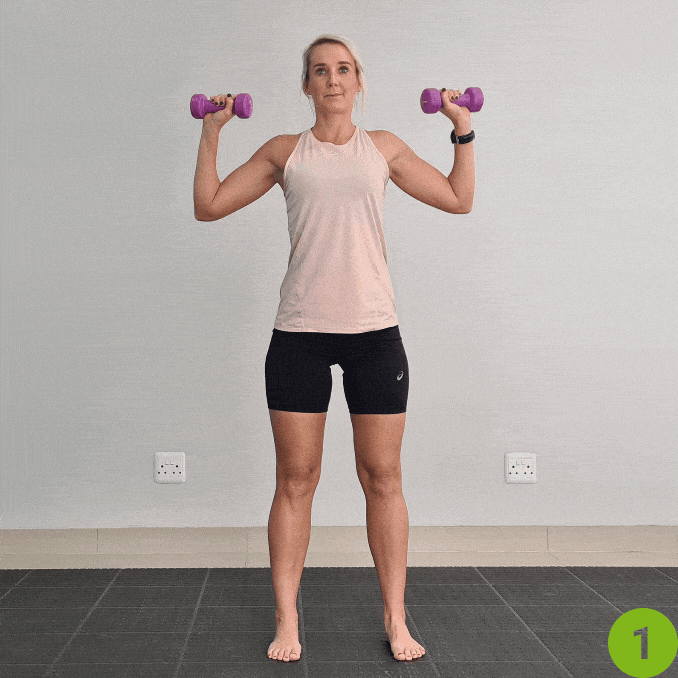
Focus on maintaining proper form throughout the exercise.
4. Tricep Dips
- Sit on the edge of a bench with your hands placed next to your hips, fingers facing forward.
- Then keep your knees bent at a 90-degree angle and feet flat on the floor, ensuring your shoulders are relaxed.
- Slide your hips forward off the edge of the bench.
- Lower your body by bending your elbows to a 90-degree angle, ensuring that your elbows are pointing backward, not outward.
- Push through your palms to straighten your arms and then raise your body back to the starting position.
- Repeat the movement for the desired number of repetitions, focusing on controlled movements.
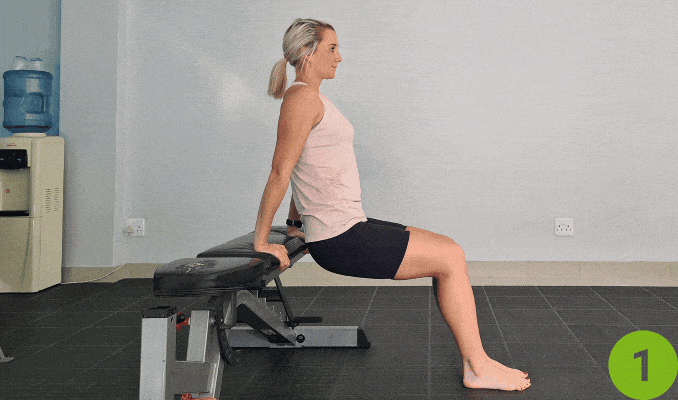
5. Lateral Raise
- Begin in an upright standing position with your feet shoulder-width apart, while maintaining good alignment with your head, shoulders, hips, and legs.
- Hold a dumbbell in each hand with your palms facing inward at your sides.
- Engage your core and then lift the dumbbells out to the sides until your arms are parallel to the floor.
- Slowly lower the dumbbells back down to your sides in a controlled manner, maintaining tension in your shoulder muscles throughout the exercise.
- Repeat the movement for 10 repetitions.

6. Full Plank
- Move into a full arm plank position maintaining proper alignment with your head, shoulders, hips, and toes.
- Then hold this position for 30 seconds to a minute.
- Take several deep belly breaths, in through your nose and then out through your mouth.
- Relax and return to the starting position.
- Repeat the movement.
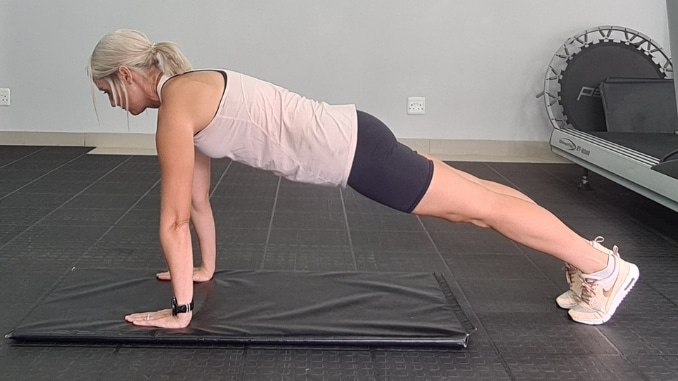
An important tip from the Canadian bodybuilder about push day workouts is to use a unique set structure for the first exercise. Start with a moderate weight for 8 reps, then increase the weight for 5 reps, and finish with a lighter weight for 15 reps.
This approach helps you find your groove and ensures you’re using the right weight for each set, maximizing muscle growth while minimizing shoulder strain.
How to Make the Most Out of Your Push Days
Here are some simple tips to get the best results from your push day workouts:
- Start with Compound Exercises: Begin your workout with big movements like bench presses or overhead presses. These exercises work multiple muscles at once (chest, shoulders, and triceps), giving you the most bang for your buck.
- Add Isolation Exercises [3] After compound exercises, include smaller, focused movements like tricep pushdowns or lateral raises. These target specific muscles and also help them grow stronger.
- Focus on Proper Form: Always use the correct technique to avoid injuries. Start with lighter weights until you’re confident in your form.
- Progress Slowly: Add weight, reps, or sets gradually over time. This helps you get stronger without overloading your body.
- Stay Consistent: Stick to your workout schedule and track your progress. Consistency is key to seeing results.
- Fuel Your Body: Eat healthy meals with enough protein and carbs to give your body energy and support recovery.
- Take Rest Days: Your muscles need time to recover and grow. Avoid doing push workouts every day—1-2 times per week is enough for beginners.
How to Track Your Push Workouts

Tracking your push workouts helps you stay consistent and measure progress effectively. Here’s how to do it:
- Log Your Details: Record exercises, sets, reps, and weights in a notebook, app, or spreadsheet.
- Track Progression: Monitor increases in weight, reps, or intensity weekly (progressive overload).
- Include Additional Notes: Add rest times, tempo (e.g., 3 seconds down, 1 second up), and perceived effort (rate 1–10).
- Review Regularly: Assess your logs weekly to spot plateaus or improvements and adjust your plan.
- Use Tools: Try fitness apps like Strong, JEFIT, or Google Sheets for easy organization and analysis.
Conclusion
A well-structured push day workout routine is essential for muscle growth and strength gains in the upper body.
Remember to choose the right exercises, progressively overload your muscles, and prioritize nutrition and recovery. With consistency and dedication, you can achieve your fitness goals and build a strong, lean physique.
Ready to strengthen your shoulders? Check out our bonus guide: “10 Easy Movements for Stronger Shoulders” to enhance your push day routine and build impressive upper body strength.
Frequently Asked Questions
Is 3 exercises enough for push day?
Yes, 3 exercises can be enough for a push day workout as long as they effectively target your chest muscles, shoulders, and triceps. Focus on quality over quantity by performing key push day exercises like the incline bench press with proper form and intensity to maximize results.
Is 10 exercises too much for push day?
For beginners, 10 exercises may be too many and can lead to overtraining or fatigue. Stick to a smaller number of effective push day exercises, like the incline bench press, dumbbell shoulder press, and tricep dips. As you get stronger, you can gradually add more variety.
Can I do push day everyday?
No, doing a push day every day isn’t ideal because your muscles, including your chest muscles, need time to recover and grow. Overtraining can lead to injuries and slow your progress. Aim to leave at least one rest day or train other muscle groups between push days.

